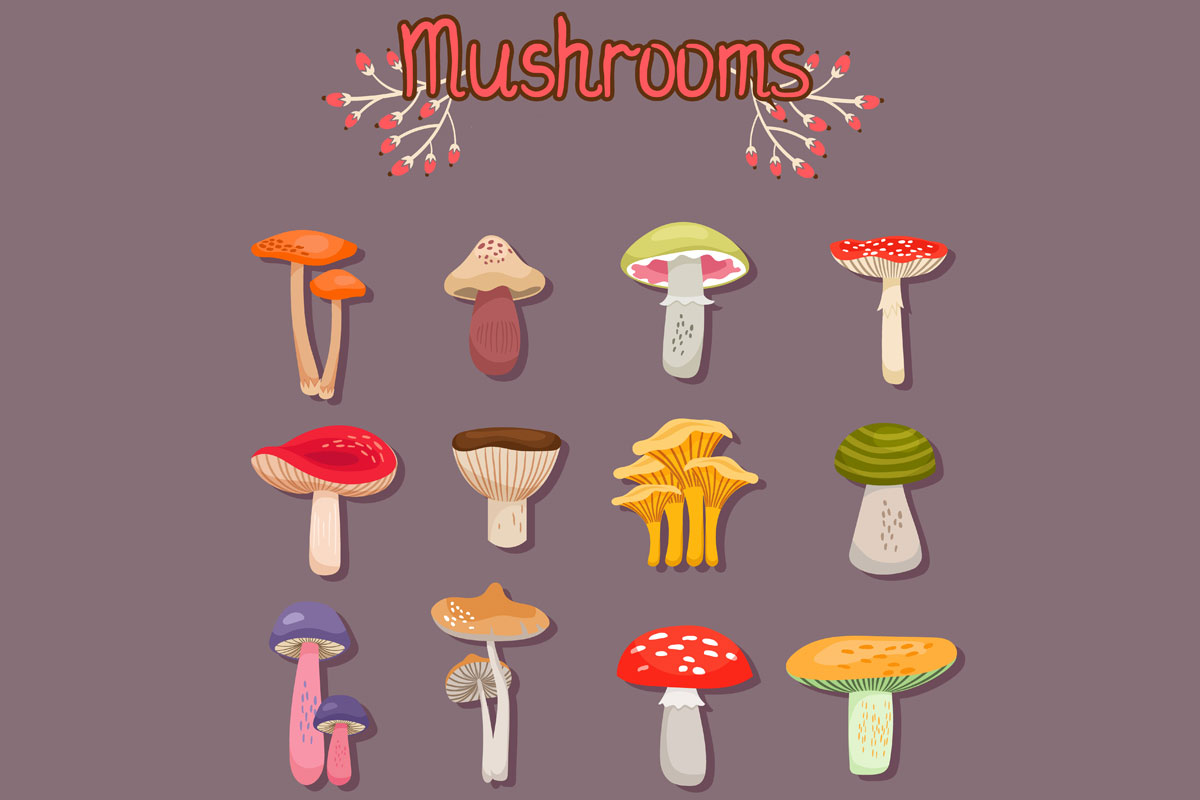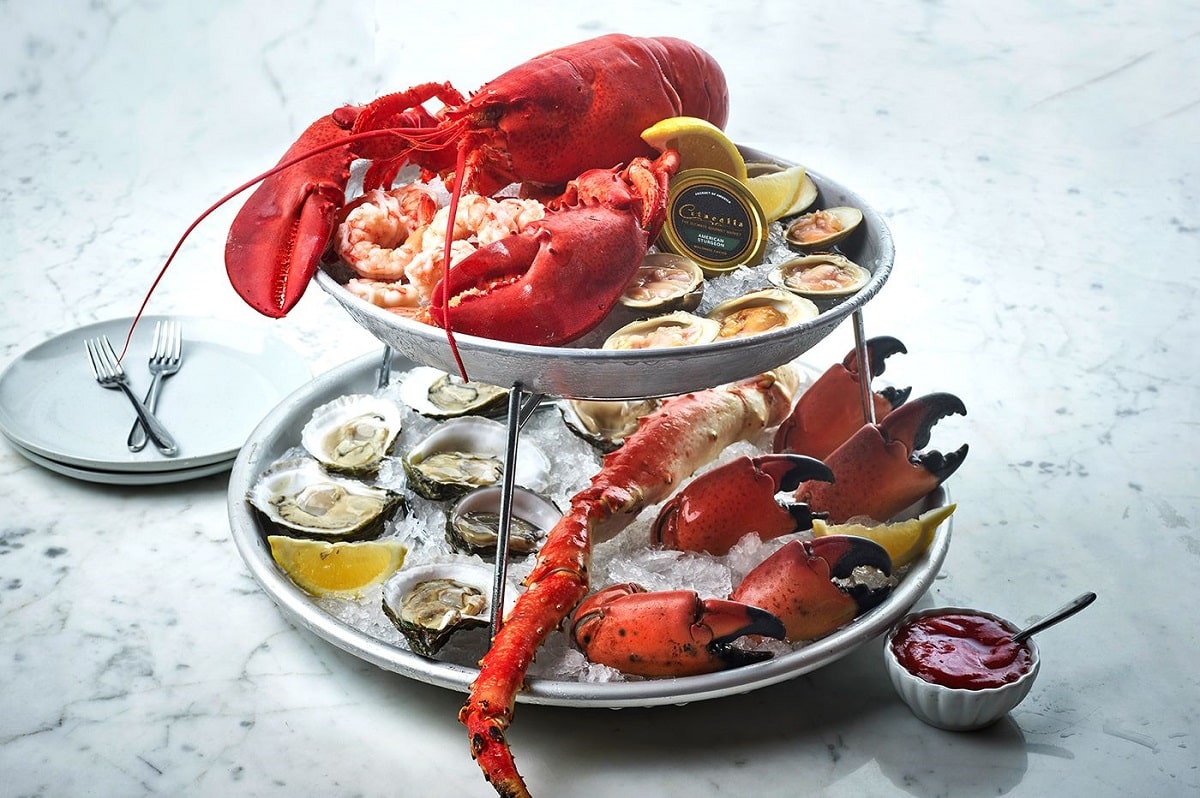There are those of us who wouldn’t fret facing challenges in daily routine in all aspects of our experiences with the exception of with regards to our eating Different Types Of Mushrooms regimen. (We lean toward the cheeseburger and chicken strip contributions on the kid’s menu over more age-fitting grown-up passage, for instance.) But the excellence of food is that you never know until you attempt it. Also, when you open yourself up—regardless of how hesitantly—to attempting new things, you might be shocked by exactly how delectable (and debauched!) a fruity triviality can be or how beautiful a shaved Brussels sprouts salad tastes.
In any case, indeed, while tolerating products of the soil is a certain something, eating an organism is an entire diverse issue. Yet, information is power! Mushrooms are low in calories, low in fat, low in sodium, and liberated from cholesterol. They’re additionally loaded with fiber, nutrients, and minerals. Still unaffected? They are additionally delectable when arranged appropriately, similar to say polenta cakes with a side of sautéed mushrooms. And keeping in mind that it is difficult to educate you concerning each sort of mushroom—there are more than 10,000 all things considered—we can talk about the absolute most normal mushroom types alongside what they’re best utilized for.
12 of the Most Common Types of Mushrooms
12
Clamshell Mushrooms
This assortment of mushrooms fills in bunches and flaunts quarter-size covers and a crunchy surface. In light of their off-putting flavor, they’re consummately combined with all way of fish dishes.
11
Chanterelle Mushrooms
Cantharellus cibarius are known for their fan-like shape and arrive in an assortment of tones going from orange to yellow to white. While they have a fruity scent, their taste is more natural, which makes them ideal for stews and soups
10
Enoki Mushroom
The flammulina velutipes is another top pick in Japanese cooking. The long white mushroom functions admirably in soups, noodle dishes, and mixed greens.
9
Lobster Mushrooms
Hypomyces lactifluorum is quite simple to select from a setup on account of its dazzling red tone and fish like smell and taste when cooked. However, prepare to be blown away. It’s not really a mushroom.
8
Porcini Mushrooms
Boletus edulis is all the more usually called “porcino” or “fungo porcino”— Italian for “hoard mushrooms.” They for the most part have a rosy earthy colored cap that sits on a white stem. Porcini are regularly utilized in risottos and soups.
7
Shiitake Mushroom
The lentinula edodes types of mushrooms is frequently utilized in Asian cooking. The long stems–bested by a dull brown, umbrella-like cap—are eliminated during prep since they are too difficult to even think about biting.
6
Morel Mushrooms
The honeycomb-finished wild morchela is particularly famous in French food. Difficult to come by and, hence, rather costly, these mushrooms have a harder (less foul) feel and a nutty flavor
5
Hedgehog Mushroom
The hydnum repandum is otherwise called the “sweet tooth,” and it’s effectively recognizable because of its yellow or orange cap, energetic underside, and fruity scent. In the wake of washing, sauté them in margarine for a scrumptious treat.
4
Catch Mushrooms
Agaricus bisporus come in white and earthy colored assortments and are by a long shot the most well known mushroom in the United States, because of their gentle flavor and affinity to mix with whatever dish they’re added to.
3
Maitake Mushroom
The grifola frondosa species is otherwise called “hen-of-the-forest,” “smash’s head,” and “sheep’s head.” Popular for quite a long time in Japanese and Chinese food, the maitake by and large develops at the foundation of oak trees.
2
Cremini Mushrooms
Another type of agaricus bisporus—cremini mushrooms are only a more seasoned variant of the catch mushroom. Due to their age, their a bit browner and bit firmer, which means they’re extraordinary for soups and stews.
1
Portobello Mushrooms
One more kind of agaricus bisporus, the portobello is the most seasoned assortment of the three included here. While they were once just imported from Italy, they presently develop all around the United States. On account of their huge size and substantial flavor, they can be traded in for meat on basically anything—sandwiches, pizza, pasta sauces, omelets, and the sky is the limit from there!









